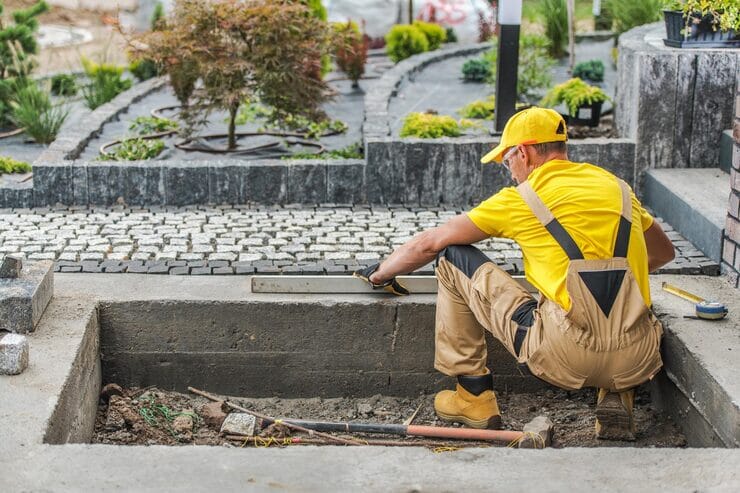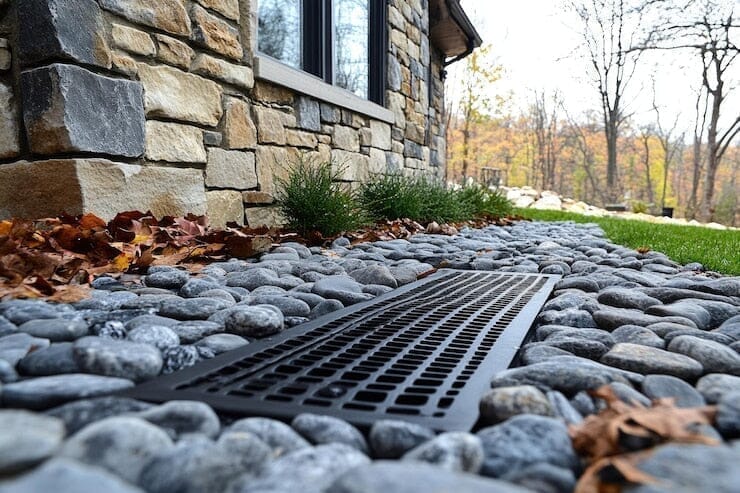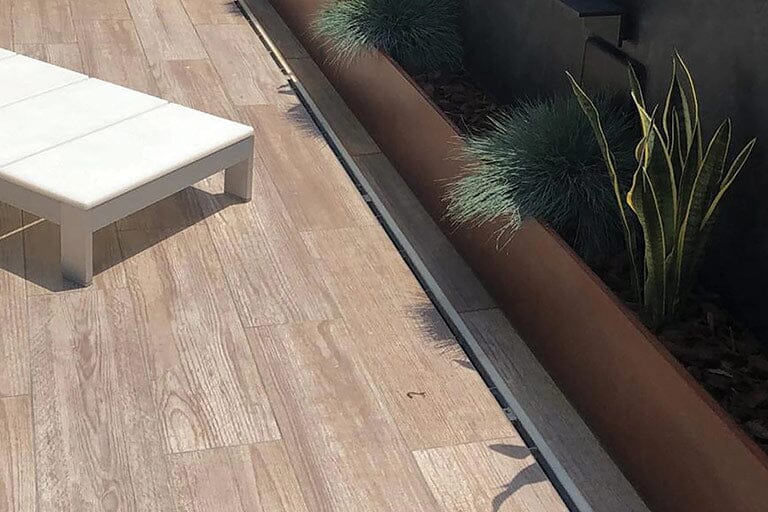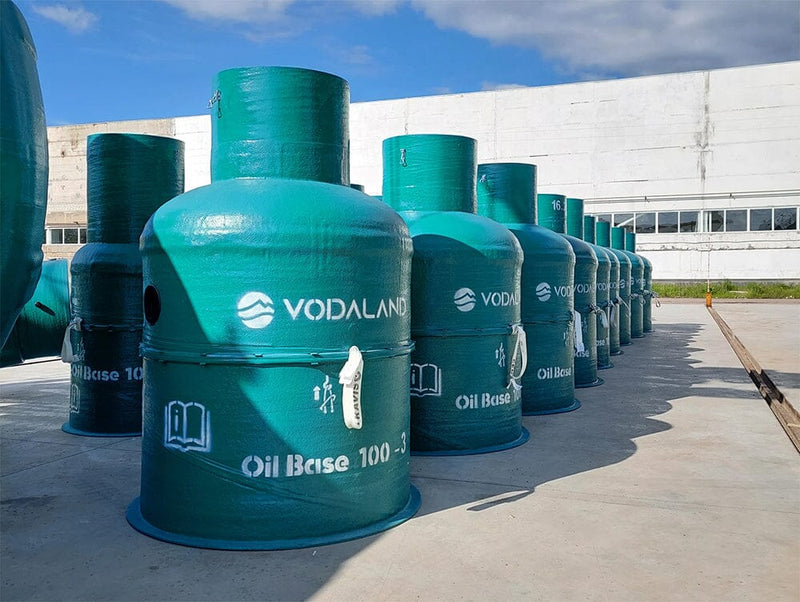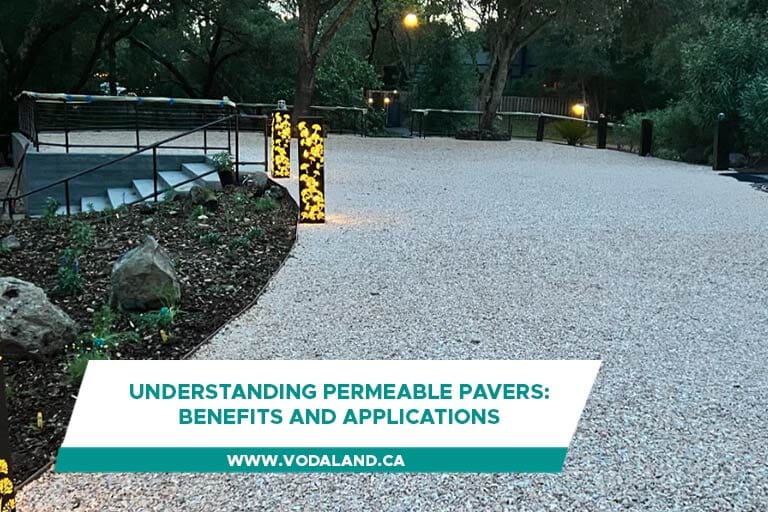Most Common Signs of Soil Erosion
-
20/04/21
-
Vodaland Canada
Soil erosion, a process whereby soil wears away, has several causes: wind, water runoff, topography, tilling, and inadequate vegetation. When soil erodes, it moves away from where it lies and ends up somewhere else, a process described as detachment, movement, and deposition. Soil can end up some other place on land or can travel with water runoff into streams, rivers, lakes, and the ocean. It’s important to keep an eye on your landscape for the most common signs of soil erosion, so you can make a plan to conserve and retain the soil on your property.
Differences in Your Landscape
If you notice rocks that weren’t there before, you may have an erosion problem. When the soil washes or blows away, things that used to be unseen beneath the soil come into view. While erosion typically reveals rocks at the surface, other unexpected changes in your landscape may be a tip-off that erosion is damaging your land. If you notice shifts in the shape of the soil, where rounded areas have flattened and vice versa, the soil may be eroding.
Bald Spots
Land that lacks vegetation, especially land where vegetation was once plentiful, indicates inadequate soil conditions. Look around to see if soil has built up downhill of the bald spots.
Exposed Roots
This is a sign of severe erosion. Roots are supposed to be underground. If you’re seeing more and more of them on the surface of your yard, this is a clear sign of soil erosion. Exposed roots are usually due to water runoff but also may result from extremely windy conditions.
Cracks, Rills, and Floating Islands
If you have a creek or stream on your property, you may notice cracks along the banks, or little rivulets (rills) running across your land toward the creek. The water in your stream may look unusually muddy, and you might even see clumps of grass floating by. These indicate a serious erosion problem—your soil is washing away.
If you suspect erosion is stealing your soil, it’s time to consider an erosion control system. These are physical barriers or grid systems that hang on to soil that would otherwise blow or wash away.








